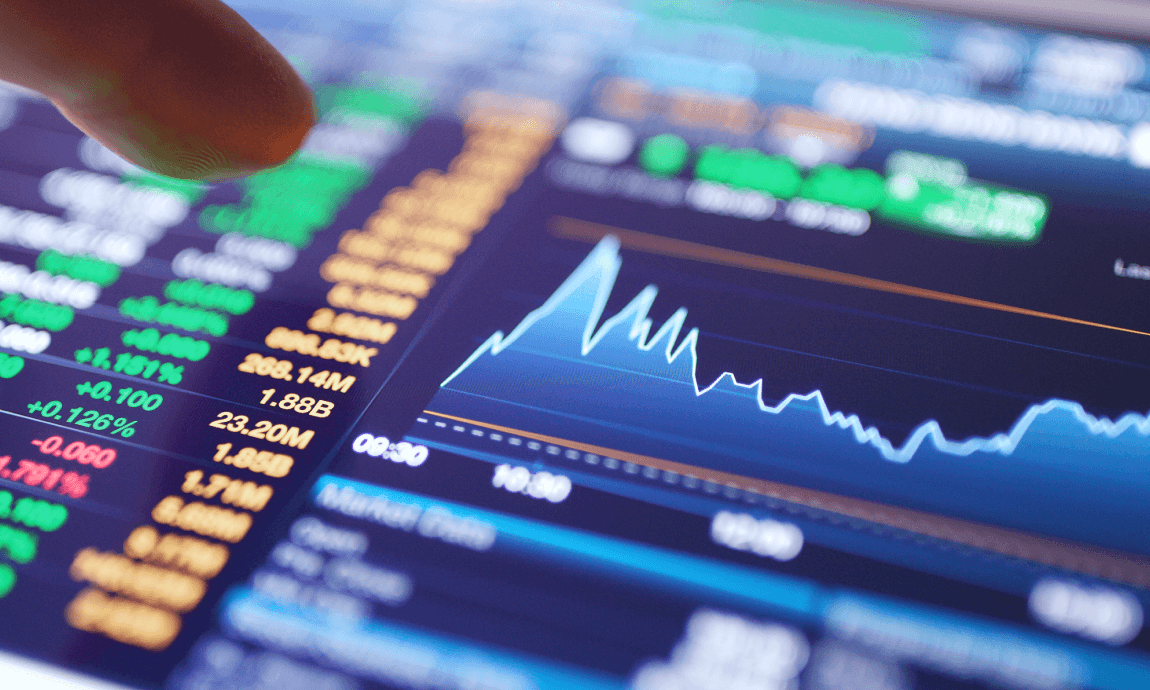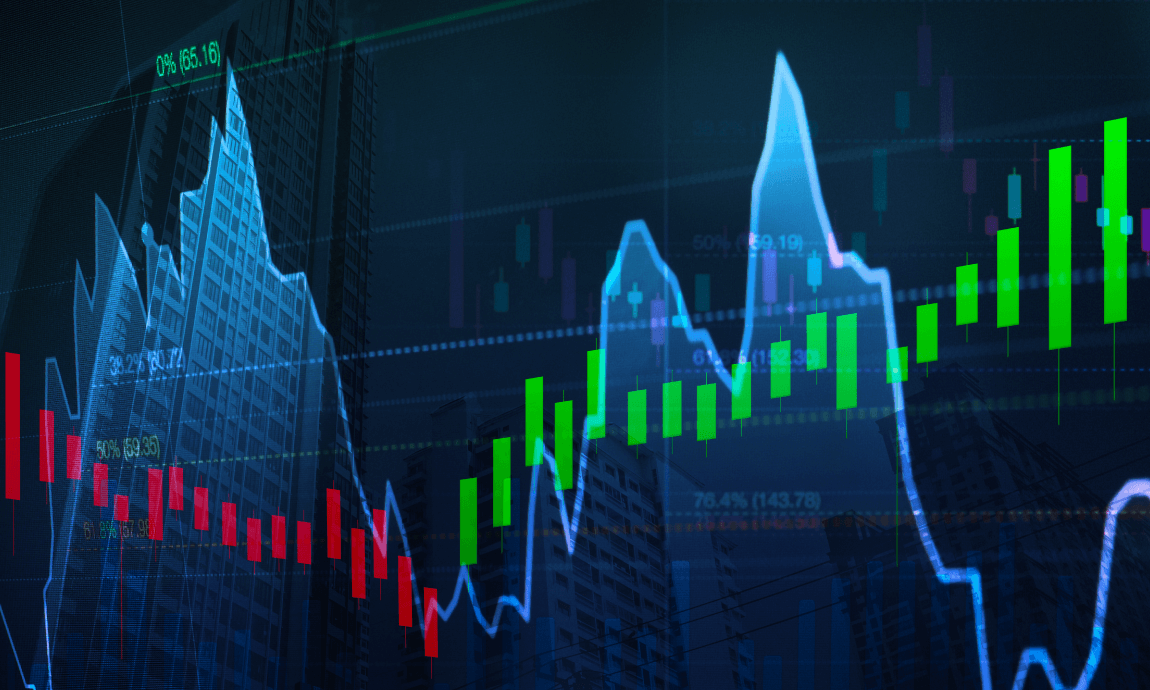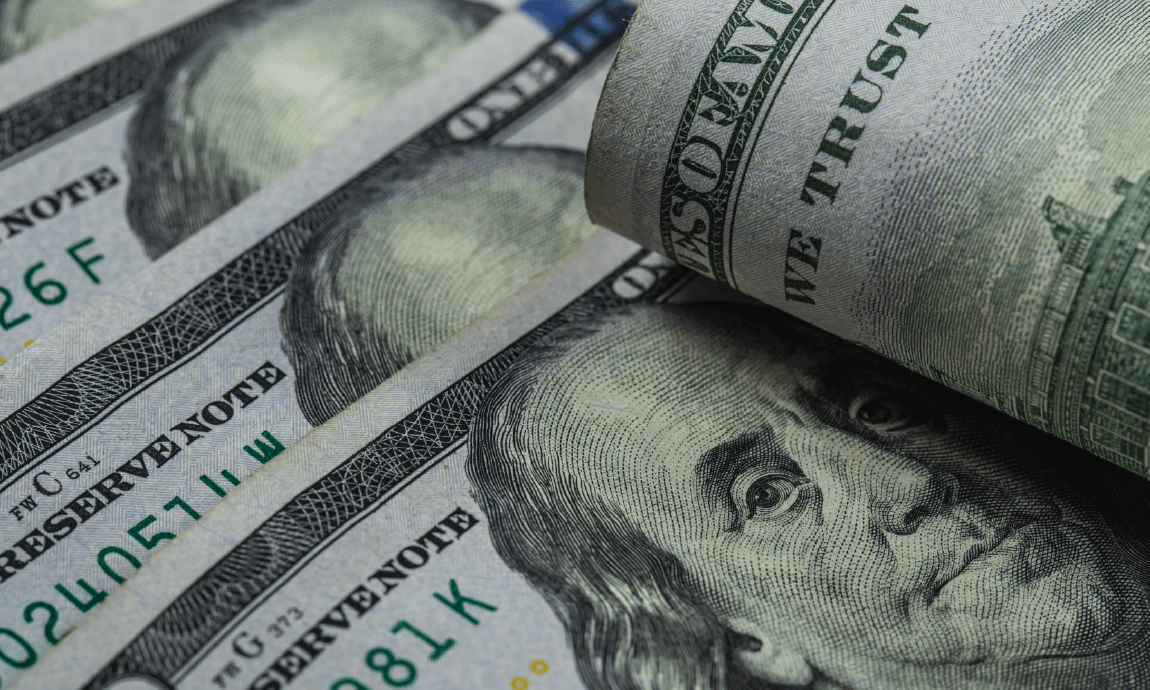Market Brief, Monday, 24th of August, 2020
The major US stock markets surged higher led by the major tech companies with the Nasdaq continuing to break record highs. The S&P broke above recent highs and is currently trading around the 3400 levels with the Nasdaq at new record highs around the 11600 level.
Asian equity markets are trading mostly positive following Friday’s tech surge. There was also news authorization of plasma treatment of COVID-19. The US-China tensions weighed in on the gains due to further comments from President Trump.
President Trump further fuelled the recent narrative on China in which he suggested he doesn’t have to do business with China.
In the FX space, the dollar is trading mostly flat and sideways with the dollar index holding above the 93 levels. The dollar is mainly benefitting from Friday’s PMI readings which were better than expected and weakness in its major counterparts with the EURUSD falling below 1.18 and the GBPUSD beneath 1.31.
In the energy space, WTI and Brent continue trading sideways with no major movement. Light Crude is trading around 42.20 and Brent around 44.30







